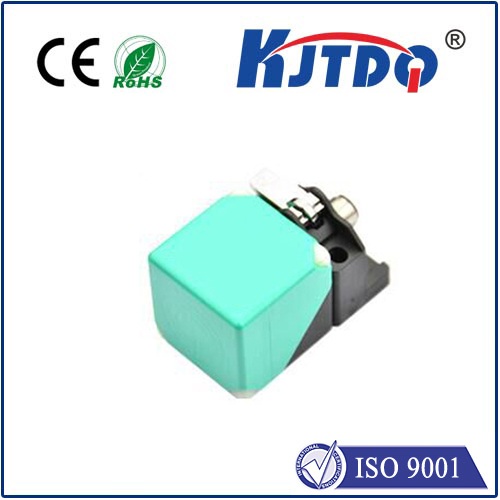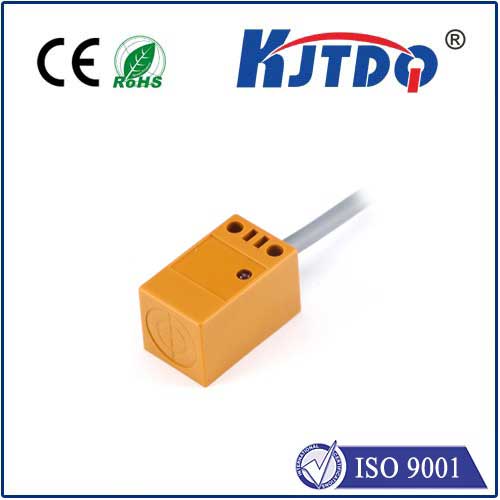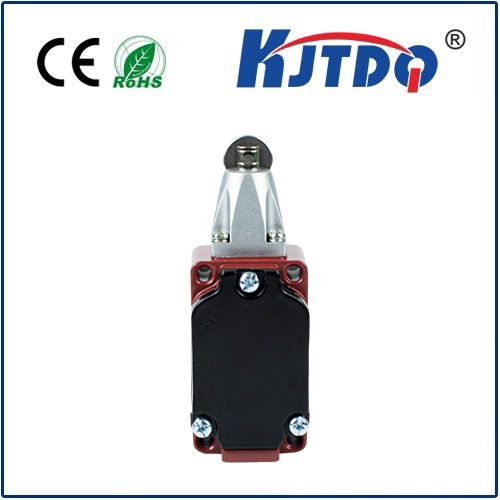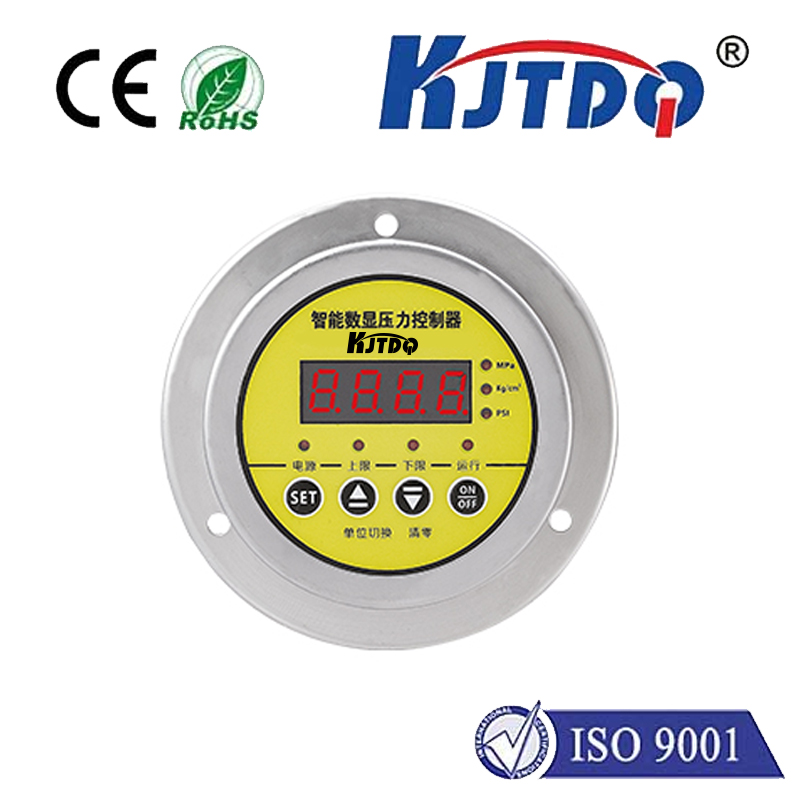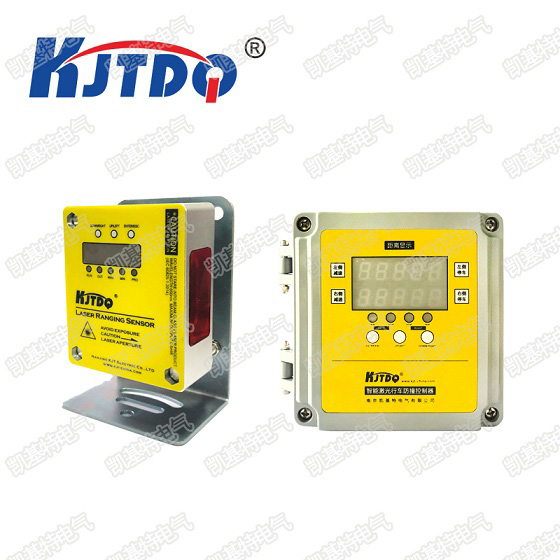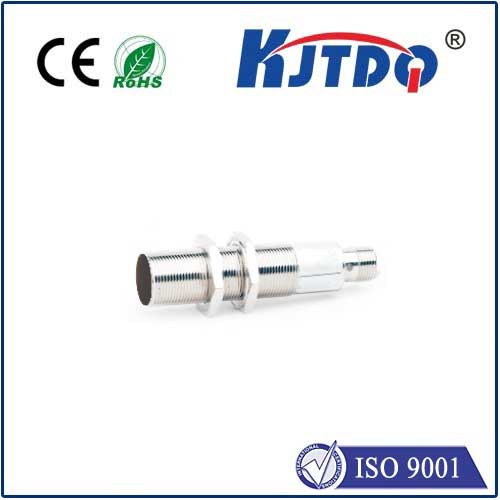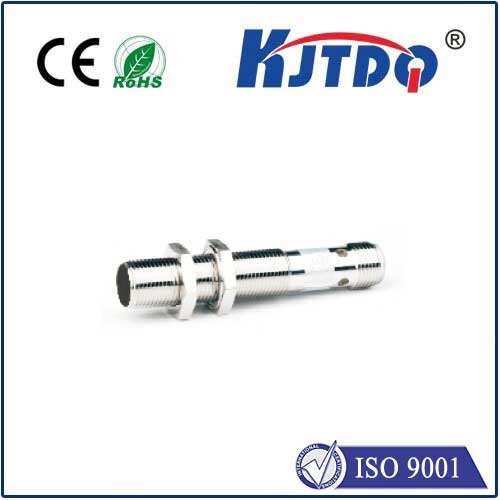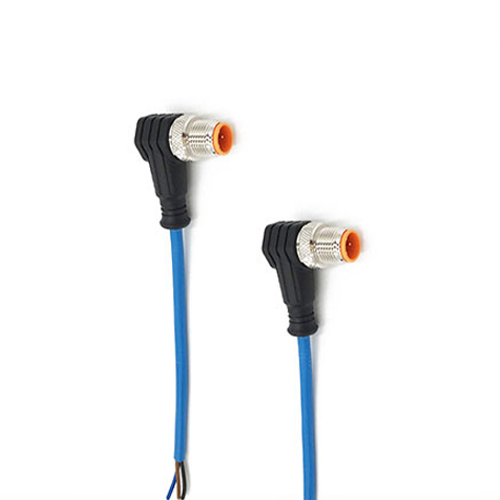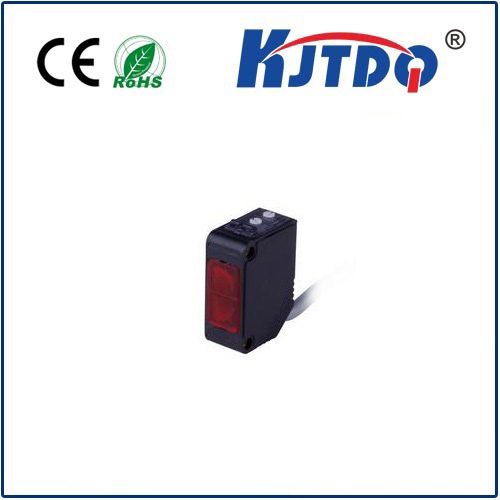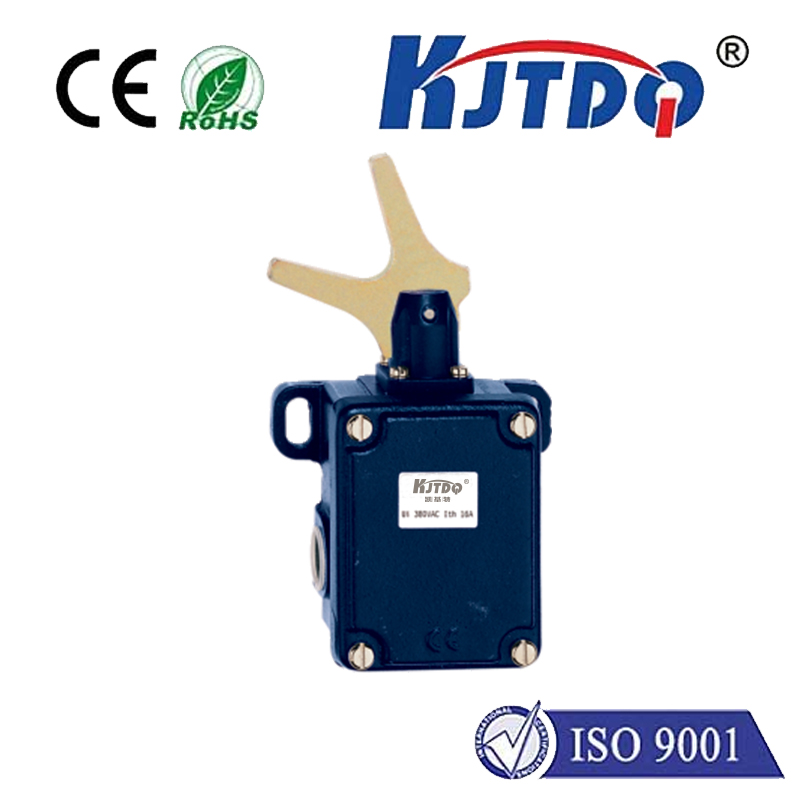

check

check

check

check

check

check

check

check

check

check
Title: The Importance of Laser Tank Level Sensors in Hydraulic System Efficiency
Introduction
In the hydraulic system, ensuring that the tank levels are accurately controlled is crucial for efficient operation. This task is made easier with the use of laser tank level sensors, which provide precise and reliable level readings. In this article, we will discuss the importance of laser tank level sensors and their role in maintaining optimal system performance.
Section 1: What are Laser Tank Level Sensors?
Laser tank level sensors are devices that utilize a laser beam to measure the level of liquid in a tank. They work by emitting a beam of light from the sensor head into the liquid, which bounces back and reflects off the surface. By measuring the time it takes for the light to bounce back, the sensor can determine the level of the liquid in the tank. These sensors offer several advantages over traditional methods, such as mechanical gauges or float sensors, including faster response times and greater accuracy.

Section 2: Advantages of Laser Tank Level Sensors
There are several benefits to using laser tank level sensors in hydraulic systems. First and foremost, they provide more accurate and consistent level readings than traditional methods. This is especially important in applications where precise control over liquid levels is critical, such as in heavy machinery or industrial processes. Additionally, laser tank level sensors offer quick and easy calibration, making them ideal for use in dynamic environments where adjustments may need to be made frequently.
Another advantage of laser tank level sensors is their low maintenance requirements. Unlike mechanical sensors, which can become dirty or clogged over time, laser tank level sensors require little to no upkeep. This makes them a cost-effective choice for long-term use in high-stress applications.
Section 3: Enhancing Hydraulic System Efficiency
The use of laser tank level sensors can greatly improve the efficiency of hydraulic systems by providing real-time information on liquid levels. By ensuring that tanks are always filled to the correct level, systems can operate at optimized performance, reducing energy consumption and extending component life. In addition, timely detection of leaks or emptying can prevent costly downtime and repairs.
Section 4: Case Study: The Benefits of Laser Tank Level Sensors in Industrial Applications
A case study conducted by a leading manufacturer of hydraulic systems revealed significant improvements in productivity and cost savings after implementing laser tank level sensors on their manufacturing line. By using these sensors to monitor tank levels, the company was able to reduce fill times by up to 50% and eliminate the need for manual checks, resulting in significant time savings and reduced labor costs. Additionally, they were able to detect and diagnose issues with their hydraulic system much earlier than before, preventing costly breakdowns and improving overall system reliability.
Conclusion
In conclusion, laser tank level sensors play a critical role in maintaining optimal performance and efficiency in hydraulic systems. Their advanced technology offers numerous advantages over traditional methods, including faster response times, increased accuracy, and ease of use. By incorporating these sensors into their operations, organizations can improve productivity, reduce costs, and extend the lifespan of their hydraulic systems.
